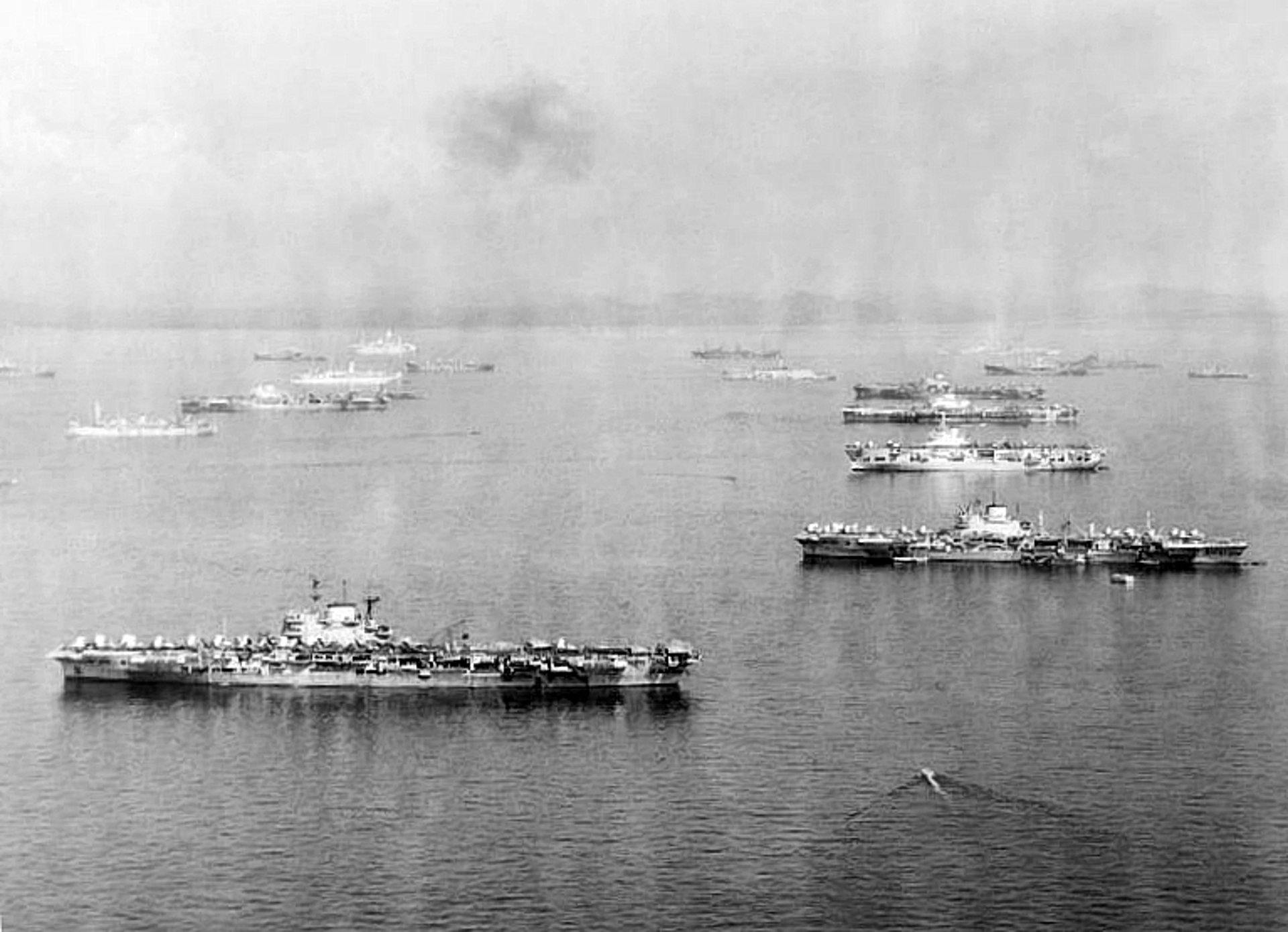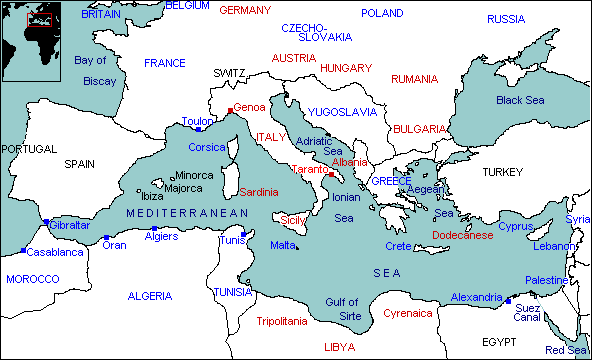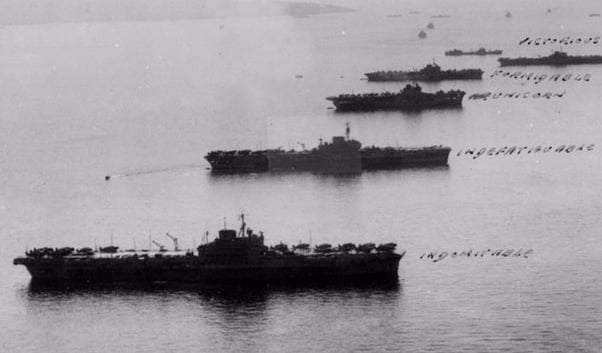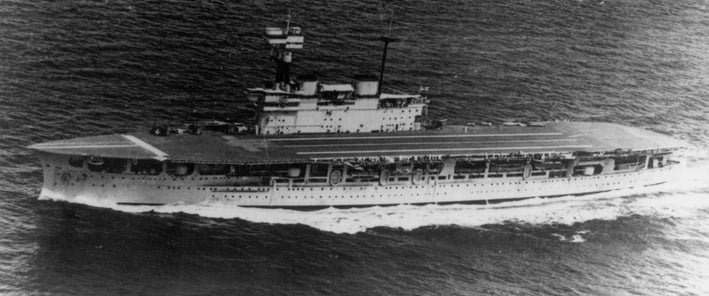
You didn’t come this far to stop
The Unraveling of Britain's Far East Strategy
Descent into Hell, Episode 6: The Unraveling of Britain's Far East Strategy
The Fall of France and Its Ramifications When the last Allied troops were evacuated from Dunkirk on June 4, 1940, the fall of France was inevitable. This event had significant consequences for Britain’s ability to defend its interests in the Far East. France's defeat meant that Britain lost a crucial ally, and the anticipated support from the French fleet to contain the Italian Navy in the Mediterranean vanished. Britain, already stretched thin, now had to reassess its Far Eastern strategy.
WW2 HISTORYDESCENT INTO HELLIN THEIR FOOTSTEPS BLOG
Toursofwar.com
7/19/20247 min read
The Collapse of France
The fall of France in June 1940 was a cataclysmic event that reshaped British military strategy and had profound implications for its ability to defend its global interests, particularly in the Far East. This episode delves into how the loss of a key ally forced Britain to reassess its strategic priorities, reallocating resources, and shifting its focus towards air and naval warfare, leaving territories like Malaya and Singapore dangerously exposed.


The Beginning of the End for France
The Dunkirk Evacuation
Date: June 4, 1940
Event: The last Allied ships evacuated troops from Dunkirk.
Outcome: Over 338,000 British and Allied soldiers were rescued, but almost all of their heavy equipment was left behind, severely weakening Britain's military capabilities.
France's Surrender and its Consequences
Italy Joins the War: On June 10, 1940, Italy declared war on Britain and France, further complicating the Allied position.
French Armistice: Signed on June 22, 1940, it marked the official capitulation of France, leaving Britain isolated and forcing a strategic overhaul.
The fall of France had a profound impact on the Royal Navy, which was already engaged on multiple fronts. The Navy was heavily involved in the Battle of the Atlantic, combating the persistent threat of German U-boats that targeted vital supply convoys to Britain. Simultaneously, the Royal Navy was tasked with facing the Italian Navy in the Mediterranean, a new and formidable challenge that emerged following Italy's entry into the war in June 1940.


The Impact on the
Royal Navy
The loss of French naval support further exacerbated these challenges. The French fleet, once a key component of Allied naval strength, was no longer available to assist the Royal Navy. This meant that the portion of the Royal Navy originally designated for deployment to Singapore to bolster the Far East defenses was now critically needed elsewhere. The strain on British naval resources was immense, as they were stretched across multiple theaters, from the North Atlantic to the Mediterranean, and the situation in the Far East became increasingly precarious.
Western Front Abandoned: With France out of the war, Britain's military focus shifted away from the Western Front.
New Theaters of War: The war effort now concentrated on air and naval battles, particularly in the Mediterranean, the Atlantic, and the skies over Britain. It wasn’t until D-Day in June 1944 that a significant British army returned to mainland Europe.


The Strategic Fallout
Britain's New Focus
Shift in Strategic Focus
Western Front Abandoned: The loss of France forced Britain to shift its military focus away from the Western Front. The war effort now concentrated on air and naval battles, particularly in the Mediterranean and the Atlantic, while the return to mainland Europe wouldn’t occur until D-Day in June 1944.
Increased Pressure on the Royal Navy
Loss of French Naval Support
Mediterranean Theater: The absence of the French Navy meant that the Royal Navy had to face the Italian Navy alone in the Mediterranean.
Atlantic Theater: Simultaneously, the Royal Navy was engaged in a desperate battle against German U-boats in the Atlantic, vital for keeping Britain supplied with food and war materials.
With the fall of France, Britain's military strategy had to pivot significantly. The Western Front, once a central focus of British and Allied efforts, was effectively neutralized. Over the next four years, the British war effort was redirected primarily towards the air and naval battles, especially in the Mediterranean and the Atlantic.
The absence of French naval support placed additional strain on the Royal Navy, which now had to shoulder the responsibility of defending British interests across multiple theaters. The Royal Navy was tasked with combating the Italian Navy in the Mediterranean, a challenge made more difficult without the support of the French fleet. At the same time, the Royal Navy had to contend with the growing threat of German U-boats in the Atlantic, which further stretched its resources. This situation led to a significant reduction in the Navy's capacity to reinforce and supply distant territories, including those in the Far East.
Strain on Naval Resources
Multiple Fronts: The Royal Navy was now stretched thin, trying to cover multiple theaters of operation without the support it had counted on from France.
Impact on the Far East: This strain limited Britain's ability to send naval reinforcements to the Far East, leaving Singapore and other key territories vulnerable.
Leadership and Influence
The Chief of Staff’s Grim Assessment


In late June 1940, Britain’s Chiefs of Staff convened to reassess the Far Eastern strategy in light of the dramatic shift in the global situation following the fall of France. Their assessment was grim. The strategic plan that once hinged on the deployment of a portion of the Royal Navy to Singapore was now rendered obsolete by the pressing demands in Europe and the Mediterranean.
The Chiefs of Staff recognized that without the promised fleet, the entire defense strategy for Malaya and Singapore was compromised. They concluded that the Far East could no longer rely on naval support as the primary means of defense, especially with the increasing threat from Japan. The Chiefs' evaluation underscored the urgent need to find alternative strategies to defend British interests in the region, knowing that the Pacific British fleet available for 1942 would be drastically limited compared to earlier plans.
Did You Know?


HMS Eagle was a British aircraft carrier that, despite being launched during World War II, played a significant role in the conflict. Here are some key details about her design, operations, and impact:
Launched in 1942: HMS Eagle was one of the Royal Navy's fleet carriers, designed to project air power during the critical years of World War II. She was part of the Audacious-class carriers and was built with the capability to carry a large complement of aircraft to support naval operations.
Role in the Mediterranean: During World War II, HMS Eagle saw significant action in the Mediterranean Theater. She was involved in several key operations, providing crucial air cover for Allied convoys and conducting air strikes against Axis forces. Her aircraft played a vital role in disrupting enemy supply lines and supporting ground operations, particularly in North Africa.
Legacy: Although HMS Eagle was tragically sunk by a German U-boat during Operation Pedestal, her contributions to the war effort were significant. She demonstrated the critical role of aircraft carriers in modern naval warfare, particularly in contested waters like the Mediterranean, where air superiority could determine the outcome of naval engagements.


The Impact on the Royal Navy
Major Naval Strengths in the Mediterranean (1940)
The French and British navies combined to offer a formidable presence in the Mediterranean
The Mediterranean theater during World War II saw a complex balance of naval power among the Allies and the Axis, with significant naval forces deployed by the French, British, and Italian navies. The distribution of these major warship types provides a clear picture of the strategic landscape at the time.
The French and British navies combined to offer a formidable presence in the Mediterranean, though the Italian Navy held numerical superiority in several key categories, particularly submarines and destroyers. The Royal Navy's strength in the Eastern Mediterranean, under the command of Admiral Sir Andrew B. Cunningham, was critical in countering the Italian threat despite the overall disparity in numbers. The aggressive strategy and well-trained crews of the Royal Navy helped to maintain a balance of power in the region, with the carrier HMS Eagle and battleships like HMS Warspite playing pivotal roles.
Did You Know?
By 1942, the British Eastern Fleet in the Pacific consisted of:
3 battleships (including the aging HMS Warspite)
1 aircraft carrier (HMS Indomitable)
5 cruisers
16 destroyers
This force, though significant, was far from the original plan envisioned for a robust defense of the Far East, leaving Britain to seek new approaches in the face of an increasingly aggressive Japan.
Conclusion
The fall of France and the shifting dynamics in the Mediterranean during 1940 had profound implications for Britain's global defense strategy, particularly in the Far East. The Italian Navy held numerical superiority in most categories, especially in submarines and destroyers. However, this was countered by the Royal Navy's aggressive strategy and fighting spirit, most notably under the command of Admiral Sir Andrew B. Cunningham in the Eastern Mediterranean. The presence of key warships, such as the carrier HMS Eagle and several battleships, played a vital role in maintaining a precarious balance of power against the Italian fleet.
For the defense of Malaya and Singapore, these developments were alarming. With the Royal Navy heavily engaged in the Mediterranean and the Atlantic, the resources available to reinforce the Far East were severely limited. The fall of France had already disrupted the planned deployment of naval forces to Singapore, and the need to contain the Italian Navy further stretched Britain's naval capabilities. As a result, the Far East was increasingly vulnerable, with the burden of defense shifting towards the under-resourced Royal Air Force (RAF) and local garrisons.
How You Can Help
Donations and Sponsorships: We are seeking corporate sponsorships and donations to fund ongoing restoration projects and educational programs. Your support can make a significant difference in maintaining the quality and impact of the museum.
Volunteer Opportunities: If you have expertise or time to offer, consider volunteering with us. There are many ways to get involved, from artifact restoration to educational outreach.
Spreading the Word: Share this blog and our mission with your network. The more people who know about the JEATH War Museum and its significance, the greater the impact we can achieve together.
The St Andrews Research Team is dedicated to preserving the legacy of the Thai-Burma Railway and the memories of those who suffered. We need your support to continue our work. There are several ways you can help:
Join the Cause!
If you or someone you know is interested in supporting this cause, please get in touch.
This is a chance to be part of something truly meaningful and impactful.



Together, We Can Make a Difference!
This is a veteran-run project, and we need your help to make it happen. Stand with us in honoring the legacy of the POWs and ensuring their stories are never forgotten.
